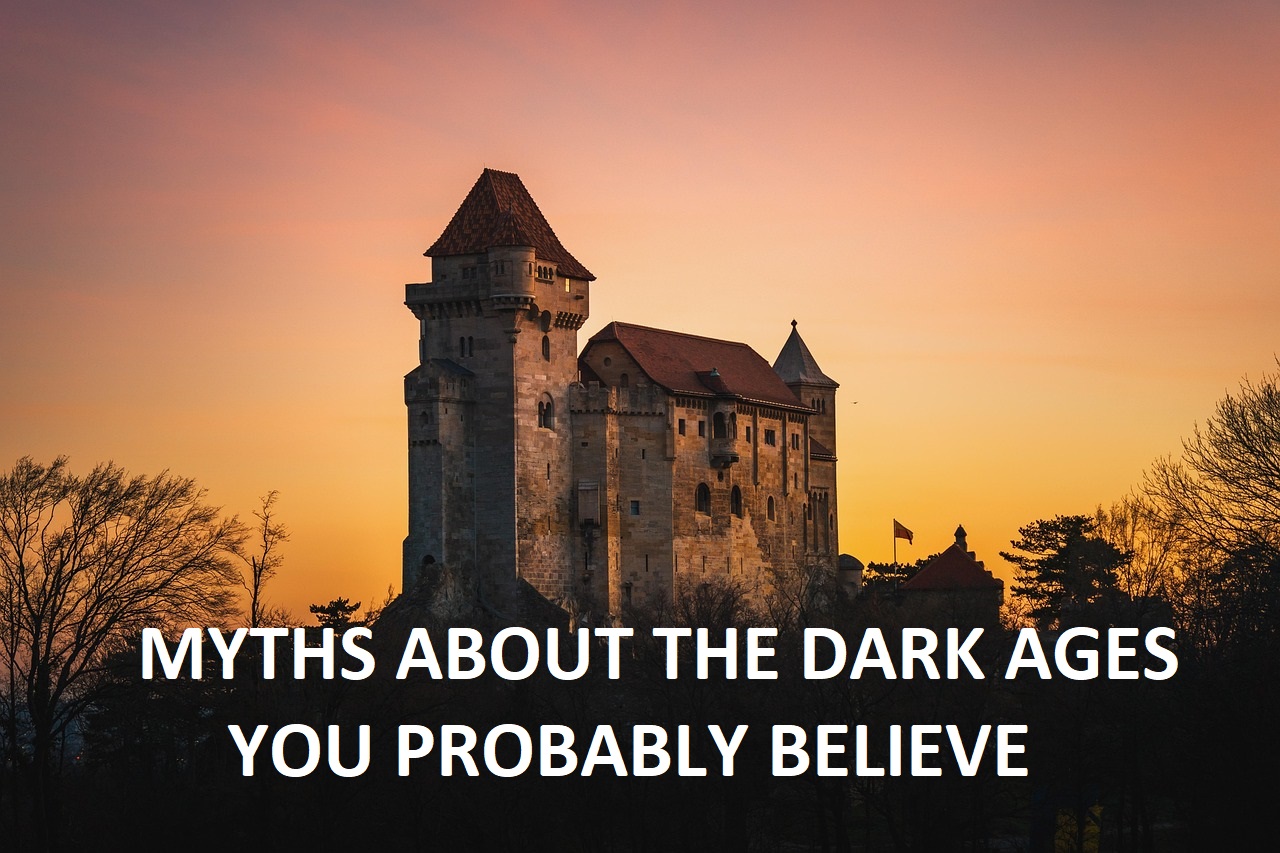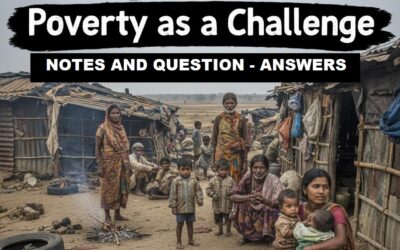Dark Age in Europe: Role of the Church and Religion Explained
Dark Age in Europe – a phrase that often evokes images of chaos, decline, and ignorance. But what exactly does it mean? What were the Dark Ages, and did Europe really go dark after the fall of the Roman Empire? In this exploration of the Dark Age in Europe, we’ll uncover the truths, challenge the myths, and shed light on a time that’s often misunderstood.
While most people equate the Dark Age in Europe with cultural stagnation and collapse, the history of early medieval Europe presents a much more nuanced picture—one of survival, transformation, and even innovation. Whether you’re a student, a history buff, or just curious, this walk through the Dark Age in Europe will provide you with an understanding of what actually transpired during this pivotal era of world history.
1. Why were the Dark Ages called dark?
Historians referred to this time as the “Dark Ages” in Europe after the Roman Empire fell, from about the 5th to the 10th century.
It was referred to as “dark” not because it was literally lightless, but due to perceived cultural decline, knowledge, and stability.
Greek and Roman classical knowledge was lost or confined to monasteries.
commerce was reduced, cities lost populations, and Europe was invaded regularly by such groups as the Vikings and Magyars.
This created the appearance of a declining society.
Moreover, there were very few surviving written documents from this time, so it appeared to be historically “dark“ or opaque.
Yet, contemporary historians now contend that this name is inaccurate,
since there were still improvements in agriculture, art, and religious ideas.
The “Dark Ages“ then, therefore, captures bias in history rather than fact, on the basis of ignorance and scarcity of records about the times.
2. Was the Dark Age really dark?
The suggestion that the Dark Age was actually “dark“ is hotly debated by historians.
Although the post-Western Roman Empire fall period (circa 476 AD) did witness the decline of centralized government, city life, and cross–
country commerce,
it wasn‘t a complete era of cultural darkness.
Sure, invasions, political upheaval, and forgetting classical learning befell Europe, but significant developments still took place.
For instance, monasteries became institutions of learning and saved old books by means of hand copying.
The Carolingian Renaissance of Charlemagne (8th–9th centuries) rekindled the interest in education, arts, and administration.
New farming methods, such as the heavy plough and three-field system, enhanced food output.
In addition, Christianity spread far and wide, forming European identity.
3. Church influence during Dark Ages
The Christian Church was the dominant and unifying force in medieval Europe during the Dark Ages.
With the collapse of political institutions following the disintegration of the Roman Empire, the Church imposed stability, guidance, and religious authority.
The Pope in Rome acquired spiritual authority over kings as well as common people, and often functioned as a political leader.
Monasteries served an important purpose in keeping knowledge intact by reproducing old manuscripts, teaching the clergy, and acting as charity and
healthcare centers.
The Church also imposed a rigorous moral code and had effects on laws, culture, and everyday life.
Christianity was spread throughout Europe with the aid of missionary activity to pagan tribes such as the Anglo-Saxons and Franks.
Church authorities may anoint kings, as Charlemagne in 800 AD, as a symbol of God’s endorsement.
In general, for the Dark Ages, the Church did not only mold religious existence but took over both the
political and the cultural void to become Europe’s preeminent institution.
4. Education in the Dark Ages
Education in the Dark Ages was restricted and controlled mostly by the Christian Church.
Once the Roman Empire collapsed, most schools and learning centers vanished, and mass literacy was lost.
The Church, however, continued to maintain education, most notably through monasteries and cathedral schools, which became the primary centers of
learning.
Monks and clergy were some of the few members of society who were literate.
They taught Latin, religious works, and elementary grammar, and did it mostly to future priests and nobles.
Most of the population, particularly the peasants, had little to no access to schooling.
Notwithstanding this, there were some crucial attempts to bring back learning.
One major example is the Carolingian Renaissance under Charlemagne, who encouraged education and instructed the establishment of schools in
monasteries.
Scholars such as Alcuin of York assisted in standardizing teaching techniques.
While narrow in extent and effectiveness, education during the Dark Ages served to preserve classical knowledge and provide a basis for learning in the
centuries to come in medieval Europe.
5. Barbarian invasions in Europe
The Barbarian invasions of Europe were a principal factor in the fall of the Western Roman Empire and the start of the Dark Ages.
From the 4th to the 6th centuries, tribes like the Visigoths, Vandals, Ostrogoths, Franks, and Lombards invaded Roman lands.
They were termed “barbarians” by the Romans since they resided outside the empire and practiced distinct customs.
The Visigoths in 410 AD, under the leadership of Alaric, notoriously sacked Rome, destabilizing the Roman world.
The Vandals went on to capture North Africa and sacked Rome again in 455 AD.
The Franks occupied Gaul (France) and, under leaders such as Clovis, established strong kingdoms.
These invasions caused trade to be disrupted, cities to be destroyed, and central authority to be undermined, causing political fragmentation in Europe.
In the long run,
most barbarian nations incorporated Christianity and Roman traditions into their cultures and helped establish medieval European kingdoms.
These invasions brought both the end and the beginning of Europe.
History & D P Sample Questions 2023-2024 – Navigating Success
Dark Age in Europe: Role of the Church and Religion Explained
1. The Power Vacuum After Rome
Fall of Central Government
When the Western Roman Empire collapsed in 476 AD, Europe lost its centralized government that had managed law, military, and economy for centuries.
Roman institutions disintegrated, cities fell, and local leaders (many times warlords or tribal chiefs) governed.
The roads, trade routes, and communication networks worsened.
Without an emperor to enforce laws and protect the people, chaos and fragmentation increased in Europe, particularly in the West.
Requirement of Order and Stability
Without a strong government, individuals yearned for safety, leadership, and spiritual guidance.
Ongoing invasions by such groups as the Visigoths, Vandals, and later the Vikings created uncertainty in life.
Local societies required someone who could keep the peace, settle arguments, and offer spiritual hope.
Political leaders were powerless or fighting wars all the time, and thus the populace more and more looked to an institution that was stable — the Church.
The Church Intervenes as a Force of Unification
The Christian Church, and specifically the Roman Catholic Church, was the most structured and powerful institution in post-Roman Europe.
It provided spiritual direction, maintained literacy and education in the form of monasteries, and even assumed political functions.
Popes and bishops were used to fill gaps in leadership, negotiated peace, and gave a sense of unity amidst vastly different and divided lands.
In a world that was breaking apart, the Church served as a unifying authority, bringing individuals together through common beliefs, rituals, and values
— setting the stage for medieval European civilization.
Dark Age in Europe: Role of the Church and Religion Explained
2. Monasteries as Centers of Learning
Conservation of Classical Learning
Following the collapse of the Roman Empire, most of Europe saw a decrease in formal education as well as literacy.
But monasteries played a critical role in safeguarding ancient Greek and Roman classical knowledge. Monks considered knowledge—
particularly religious and philosophy texts—to be holy.
Moreover, they made efforts to preserve and safeguard these works from being lost amidst war, invasion, and political turmoil.
Thanks to the efforts of monastic communities, many important works by thinkers like Aristotle, Plato, and Cicero survived the Dark Ages and later
influenced the Renaissance.
Scriptoria and Copying of Manuscripts
Inside monasteries, there were special rooms known as scriptoria where manuscripts were copied carefully.
Monks spent hours upon hours copying manuscripts by hand.
Not only keeping the Bible and Christian texts but classical works in Greek and Latin as well.
Handwritten books were decorated elegantly and were much cherished.
The painstaking work of the scriptoria served to keep a written culture going when books were scarce and costly.
Clergy and Noble Education
Monasteries were also schools for the education of clergy—bishops, monks, and priests—who required reading and knowledge of Latin
to carry out religious functions.
Gradually, nobles and royal families sent their sons to be educated in monastic schools in the basic curriculum of grammar, logic, and religion.
Even though it was restricted to the ruling classes, these schools ensured literacy and facilitated learning from generation to
generation, laying the groundwork for the development of medieval universities in subsequent centuries.
Dark Age in Europe: Role of the Church and Religion Explained
3. Church and Political Power
Crowning of Kings (e.g., Charlemagne in 800 AD)
One of the strongest symbols of the power of the Church‘s involvement in politics was the coronation of Charlemagne by Pope Leo III in 800 AD. In a ceremony in Rome, the Pope crowned Charlemagne “Emperor of the Romans.” This symbolized that the Church was powerful enough to confer legitimacy and divine sanction on rulers. It initiated the Holy Roman Empire and underscored the role of the Church as a unifying force in European politics.
Church‘s Role in Legitimizing Rulers
Kings and nobles during the Dark Ages sometimes requested the blessing of the Church to legitimize their reign. The Church said that power was divine, and rulers gained moral as well as spiritual authority by being crowned or blessed by a bishop or the Pope. Without this blessing, most individuals doubted a ruler‘s authority to rule. This enabled the Church to keep kingdoms under control and influence leadership throughout Europe.
Conflicts and Alliances Between Church and Monarchs
While the Church and kings tended to work together, there were problems. Monarchs wished to dominate the Church within their realms, while Popes demanded independence and control of matters of the spirit. Notorious disputes, such as the Investiture Controversy, occurred about who would appoint bishops—kings or the Pope. Ties were also forged when convenient. Kings endowed the Church with land and military protection, and the Church employed its power to support powerful leaders. This struggle between Church and monarchy influenced European politics for centuries.
Timeline: Role of the Church During the Dark Age in Europe
| Year | Event | Significance |
|---|---|---|
| 476 AD | Fall of the Western Roman Empire | Marks the start of the Dark Ages; political vacuum begins. |
| 500s–600s | Growth of Monasteries | Monks preserve classical knowledge and promote Christian learning. |
| 597 AD | St. Augustine sent to England | Begins Christian conversion of the Anglo-Saxons. |
| 732 AD | Battle of Tours | Charles Martel defeats Islamic forces; Church supports Christian rulers. |
| 800 AD | Charlemagne crowned Emperor by Pope Leo III | Church legitimizes political power; alliance of Pope and King. |
| 1054 AD | Great Schism | Division between Roman Catholic and Eastern Orthodox Churches. |
| 1075–1122 AD | Investiture Controversy | Conflict over whether Popes or Kings appoint bishops. |
Conclusion:
In Europe during the Dark Age, the Christian Church was not only engaged in religious worship but a crucial one in every aspect. Amidst political disintegration and social upheaval, the Church provided stability, education, as well as moral order. The Church saved not only religion but also classical thought, maintained literacy by means of monasteries, and also ruled over the rulers and common man. By anointing kings, settling disputes, and influencing the laws, the Church took the place of the Roman Empire. Its role produced a common culture throughout Europe. Today, the impact of the Church‘s influence during the Dark Ages remains evident in the laws, school systems, and moral principles of Europe.
Bridging Disciplines: Integrating STEM into Social Science Classrooms





0 Comments